When you’re backpacking it’s easy to get caught up in the fun of it all: endless boozey nights, with your days spent lounging on beautiful beaches drinking fresh coconut milk. Cambodia was the first country I really tried to get under the skin of, before I arrived I really knew very little about it. I’d met someone on my travels who suggested that I should volunteer in Cambodia. But when I arrived in Phnom Penh, I had no idea what to expect or anything about Cambodia’s history.
I had just been in Saigon, Vietnam, where I visited the War Remnants Museum with two of my friends. Coming from New Zealand, we’ve had a pretty neutral history (by international standards), so being in a place that displayed all the horrors of war was really moving. There were numerous times where I had to walk out and take a break from all the heart wrenching images. It’s not as fun as riding around beautiful Hoi An, shimmying between tailors, but I found it to be really important. When the three of us left the museum we barely spoke a word to each other for the rest of the evening. Life had been put in perspective and it had made us see Vietnam in a slightly differently light.
Arriving in Phnom Penh with a clean slate in terms of knowledge of their history, proved to be very interesting. I had no idea about the Khmer Rouge or about the fact that during the late seventies almost a quarter of Cambodia’s population, an estimated four million people, was murdered. The total population of New Zealand at present is around four million, so that really put the size of the trauma that Cambodia suffered in perspective. I was welcomed by the warm, beaming smiles of the local people, despite much of the population hovering a little too close to the poverty line. As I dug deeper and found out more about the history, it became obvious that everyone alive in Cambodia had been in some way affected by the Khmer Rouge. There was an obvious generation gap, it seemed that there was almost no one who was in their mid thirties, as it was just an impossible time for people to survive. The more I learned about Cambodia’s dark history, the more my affection grew for the people.
On a weekend away to Rabbit island, I found a copy of First They Killed My Father. It’s an easy read, as it’s written from a child’s perspective. It also makes it very relatable, because it’s easy to draw correlations between some of the confusion the author had as a child and to some of that I had growing up too, although our realities were worlds apart. I set aside a day to go to The Killing Fields, and although my stomach was in knots the whole time and I felt emotionally heavy, I’m glad I went.
It’s tempting when you travel to do the nice things, to stay in nice hotels, eat at nice restaurants, and have a nice time. While that’s good and well, for me it’s important to penetrate the surface; I want to know what life is like for the local people. Because I took the time and effort to see the worst of Cambodia, it made the best of Cambodia a lot more obvious, too. I appreciate the people more, because I had some understanding of the struggles they had faced and how far they had come.


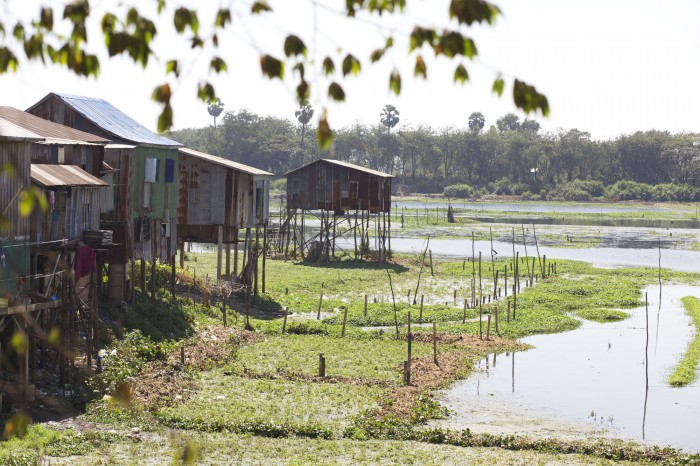
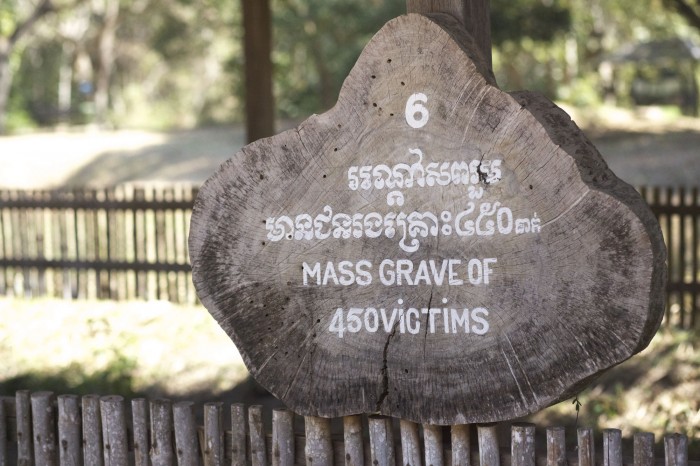
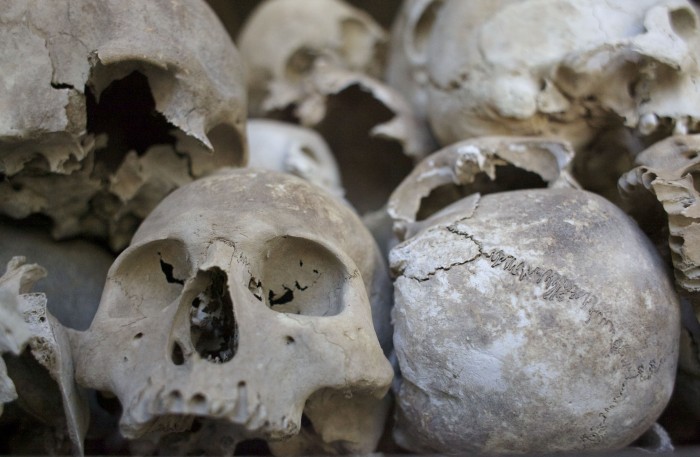
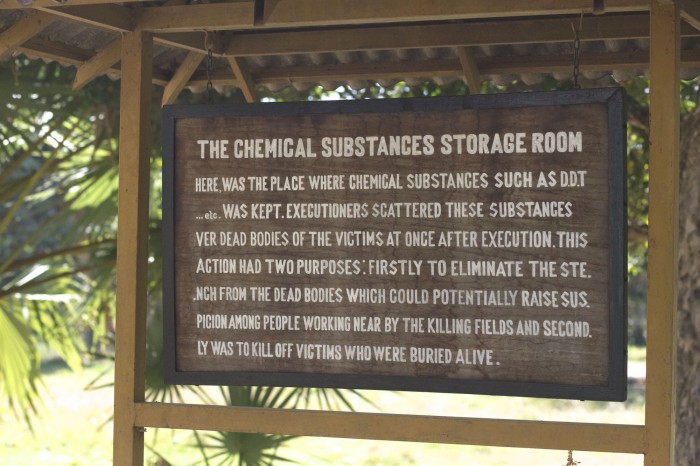

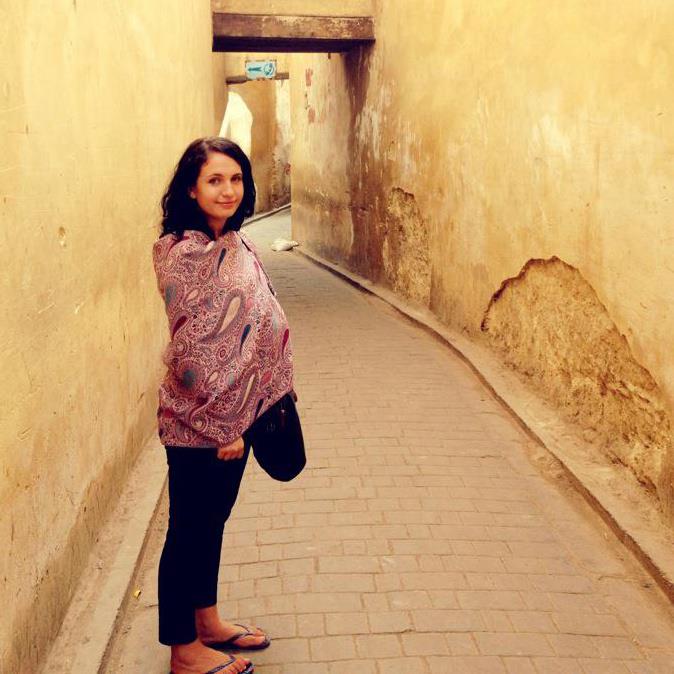

Epic stuff. I’m also a Kiwi and I felt the same way when I travelled to Cambodia. Visiting S-21 and the Killing Fields were far from what you’d call “fun” but I’m glad I did it.
Nice to see another kiwi around here – we certainly do get around. Yeah, not the most pleasant visit but absolutely necessary in order to get a better feel and appreciation for Cambodia.